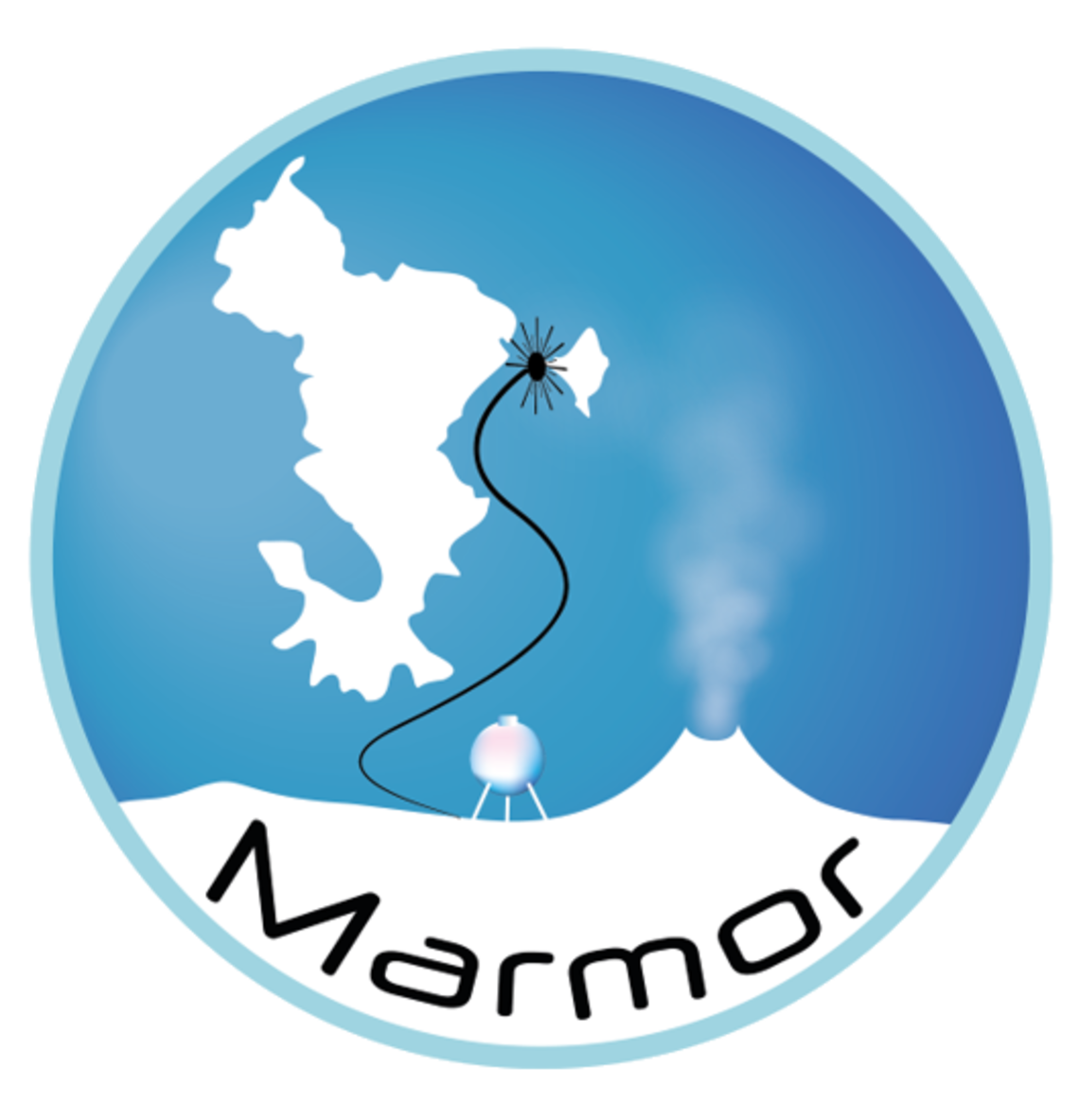MARMOR
The MARMOR project (Marine Advanced geophysical Research equipment and Mayotte multidisciplinary Observatory for research and Response) has two main objectives:
- Provide a structure for the French scientific community through the European Plate Observing System (Epos)-France (formerly Résif) to conduct outstanding research employing the most advanced seismology and underwater geodesy tools.
- Develop and establish an underwater observatory network in Mayotte to guarantee continuous seismological monitoring, in real-time, 24/7 and conduct multidisciplinary research on the phenomena associated with the ongoing seismo-volcanic crisis. Since 2018, Mayotte has been facing unprecedented seismic-volcanic phenomenon related to one of the largest ever-recorded underwater volcanic eruptions. Fani Maoré is the latest volcano to develop along the active volcanic chain of Mayotte that extends to the young volcanoes of Petite-Terre and northeast of Grande-Terre, through the area called Fer à Cheval, 10 km east of Petite-Terre.
MARMOR is an ANR/Equipex+, 8-year project funded by the French Government within its 3rd Future Investment Plan (PIA3).
The project has 11 partners:
- Ifremer, CNRS, IPGP, IRD, BRGM, ESEO, UBO, Université de la côte d’Azur, La Rochelle Université, UGA et OCA,
and is associated with four research infrastrucutres:
- Epos-France, Ilico, EMSO and Revosima
The five key-components of MARMOR:
- Initiate and develop seafloor geodesy
- Rapid response and monitoring of seismic and volcanic crises
- State-of-art OBS for imaging & solid-earth and marine-environment research
- R&D on emerging optical fibre applications
- Mayotte multidisciplinary seafloor and water column observatory (continuous, real-time, 24/7)
- An information system
The cabled observatories (Component 5) include two main standard telecommunication cables, three primary nodes that provide power and communication between a terrestrial station and the main permanent multiparameter monitoring stations (geophysics and biology) and a dedicated fiber optic cable for deployed acoustic sensors (DAS) and optical sensors.
The instruments connected to the cable will include commercially available sensors to measure key parameters: soil movement, electromagnetic field variations, sound, pressure, conductivity, salinity, dissolved oxygen, turbidity, velocity and current direction.
Figure legend: Cable location map to which the geophysical instruments will be connected
- The northern branch, 17 km long, is divided into two sections:
- The first (9.1 km) is a conventional telecommunications cable linking the land station to the central node (N1) located in the centre of the Fer à Cheval ;
- the second (7.9 km) is a standard optical fibre, linking N1 to site N4 located in the centre of the “crown”, to which the optical instruments (seismometer and pressure meter) will be connected.
- The southern branch, 54 km long, to which the geophysical stations N2 and N3 will be connected, is divided into two sections:
- The first (9.1 km) is a conventional telecommunications cable;
- the nodes are noted M1 and M2 on the map
- The central site (N1) will be located in the middle of the Fer à Cheval area.
- The node will be located vertically above the proximal seismic swarm, close to active gas emission sites. A broadband seismometer, a hydrophone, an absolute pressure sensor (type A-0-A), an acoustic bubble detector, a magneto-telluric station and a range of oceanographic sensors will be installed
- Node N4 will be linked to N1 by an 8-km-long optical fiber, and will be positioned in the centre of the so-called "crown" zone, where very long period (VLP) seismic events have occurred and remain enigmatic to this day. Optical instruments will also be connected: a 3-component seismometer and a pressure meter.
- On either side of N1, nodes N2 (to the south) and N3 (to the north) will complete the network and improve earthquake localization in the submarine domain, at the proximal swarm level. A broadband seismometer, a hydrophone and an absolute pressure sensor (type A-0-A) will be connected to nodes N2 and N3.









